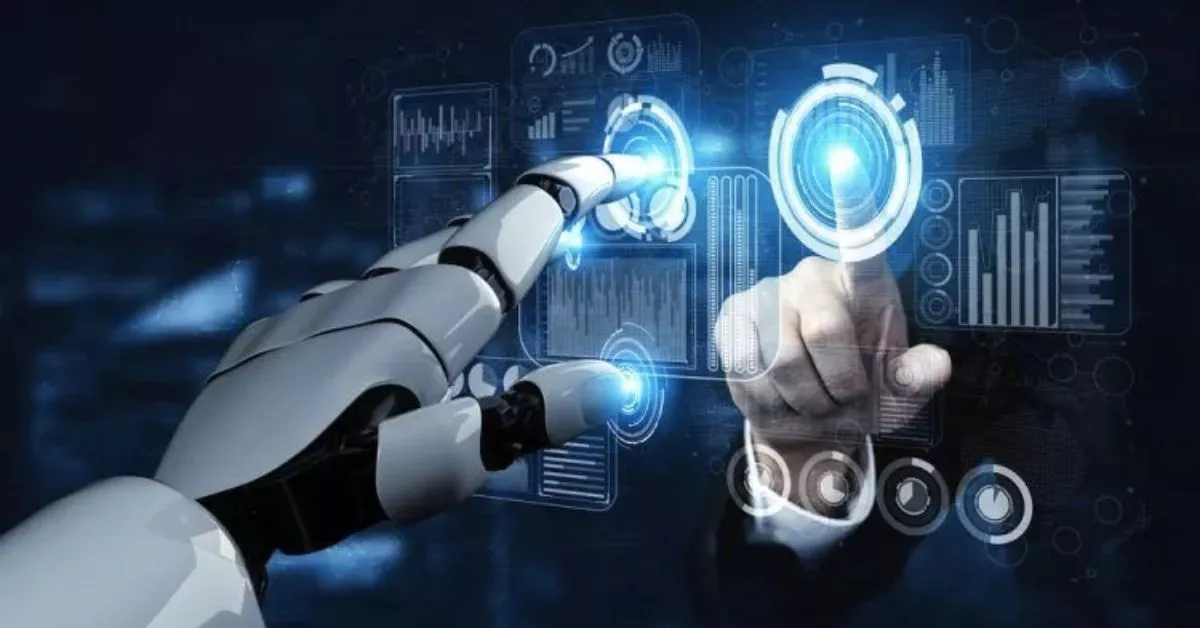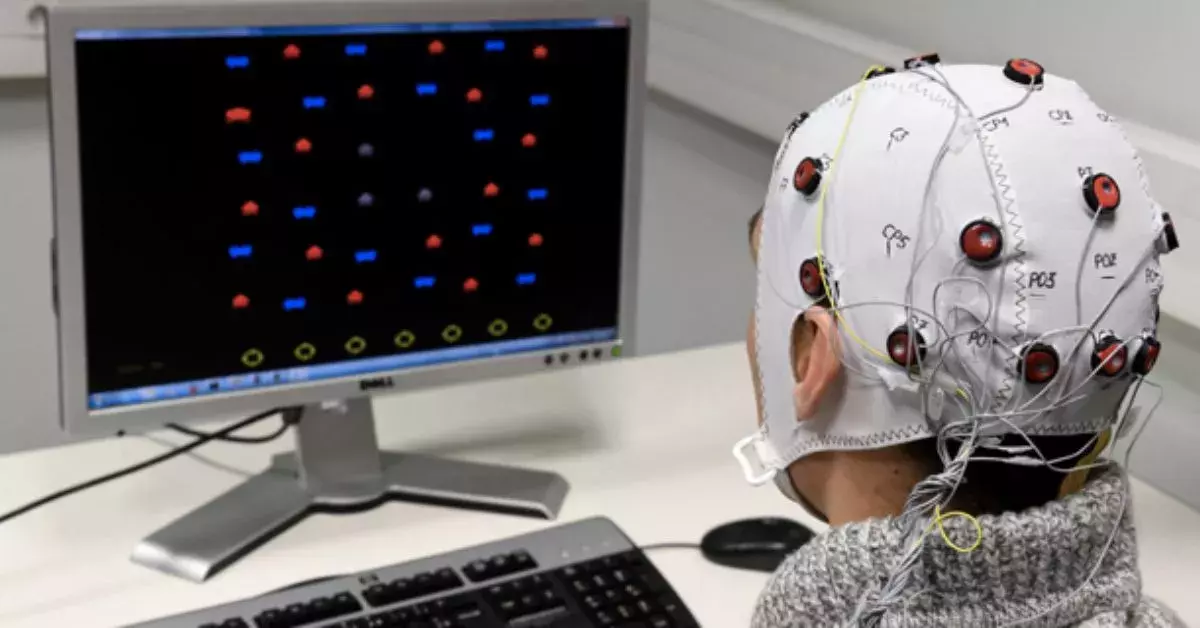In the ever-evolving landscape of artificial intelligence (AI), robots are increasingly stepping into our homes with the ambitious goal of becoming our personal assistants. The vision of having AI-powered robots seamlessly integrate into our daily lives, taking on tasks, and enhancing our overall efficiency is no longer a distant dream. This post explores the current state and future prospects of AI robots as they strive to become indispensable members of our households.
The Evolution of AI in the Home:
Artificial intelligence has come a long way from its conceptual roots, and its application within the home environment has witnessed significant advancements. From voice-activated virtual assistants to sophisticated robotic devices, AI has found its way into our living spaces, aiming to simplify tasks, increase productivity, and elevate our overall quality of life.
Smart Homes and Connected Living:
The foundation for AI robots as personal assistants lies in the concept of smart homes. These interconnected living spaces leverage AI to link various devices and systems, enabling seamless communication and automation. Smart thermostats, lighting, security systems, and appliances can be controlled and optimized through AI, creating an environment where robots can operate efficiently.
Virtual Assistants Leading the Way:
Virtual assistants, such as Amazon’s Alexa, Google Assistant, and Apple’s Siri, have paved the way for AI integration into our daily lives. These voice-activated systems can answer questions, provide information, and even control compatible smart devices. While they primarily reside in our smartphones and smart speakers, the integration of virtual assistants into dedicated AI robots heralds a new era of interactive and dynamic personal assistants.
AI Robots in the Home: Current State:
Several companies are already producing AI robots designed to function as personal assistants in the home. These robots, equipped with cameras, sensors, and advanced AI algorithms, can perform a range of tasks, from monitoring security to helping with household chores. Notable examples include robots like Jibo, Temi, and Vector, each offering unique features and capabilities aimed at making our lives more convenient.

Household Chores and Assistance:
One of the primary objectives of AI robots is to alleviate the burden of household chores. These robots can vacuum floors, clean windows, and even assist in organizing and tidying up living spaces. The prospect of having a robot that can efficiently handle mundane tasks allows individuals to focus on more meaningful and enjoyable aspects of life.
Companionship and Social Interaction:
Beyond practical tasks, AI robots are designed to provide companionship and engage in social interactions. Robots like Jibo are programmed to recognize and respond to human emotions, fostering a sense of connection. This emotional intelligence is a critical aspect of AI robots evolving into more than just functional assistants but becoming integral parts of our daily lives.
Security and Surveillance:
AI robots are also being employed to enhance home security. Equipped with cameras and sensors, these robots can monitor the home environment, detect unusual activities, and even act as a visual deterrent to potential intruders. The integration of AI enables these robots to learn and adapt to the normal patterns of daily life, providing a more personalized and effective security solution.
Education and Skill Development:
Some AI robots are designed to serve as educational tools, particularly for children. These robots engage in interactive learning activities, teaching languages, mathematics, and other fundamental skills. The personalized and adaptive nature of AI allows these robots to tailor educational content to the individual needs and progress of the user.
Challenges and Ethical Considerations:
As AI robots become more ingrained in our homes, ethical considerations and challenges arise. Questions regarding privacy, data security, and the potential misuse of AI technology demand careful scrutiny. Striking a balance between convenience and safeguarding personal information is essential for the responsible development and integration of AI robots as personal assistants.
Future Prospects and Innovation:
The future of AI robots as personal assistants holds exciting possibilities. Ongoing research and development are likely to enhance their capabilities, making them more intuitive, adaptive, and seamlessly integrated into our daily routines. Innovations in robotics, natural language processing, and machine learning will contribute to the evolution of AI robots, transforming them from functional assistants into indispensable companions.
Human-AI Collaboration:
The ultimate goal of AI robots is not to replace human interaction but to complement it. Human-AI collaboration is a key aspect of the evolving relationship between technology and humanity. As AI robots become more sophisticated, they should be designed to work alongside humans, understanding their preferences, adapting to their needs, and enhancing the overall human experience.

Conclusion:
In conclusion, the trajectory of AI robots striving to become our personal assistants at home is a testament to the relentless march of technological progress. From simplifying household chores to providing companionship and educational support, these robots aim to redefine the way we live.
However, as we welcome these AI assistants into our homes, it is crucial to tread carefully, addressing ethical concerns, ensuring data security, and fostering a harmonious coexistence between humans and AI. The future promises a new era where AI robots seamlessly integrate into the fabric of our lives, offering a glimpse into the possibilities that lie ahead in the realm of home automation and personal assistance.
